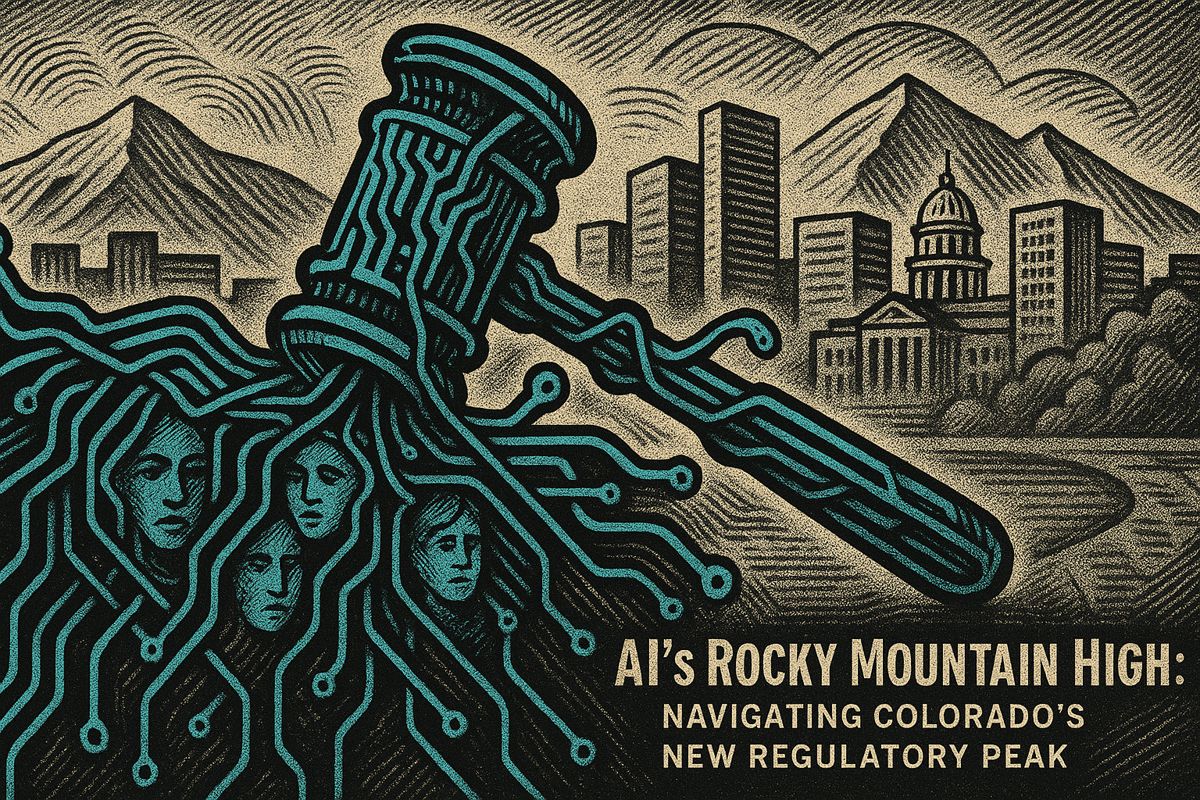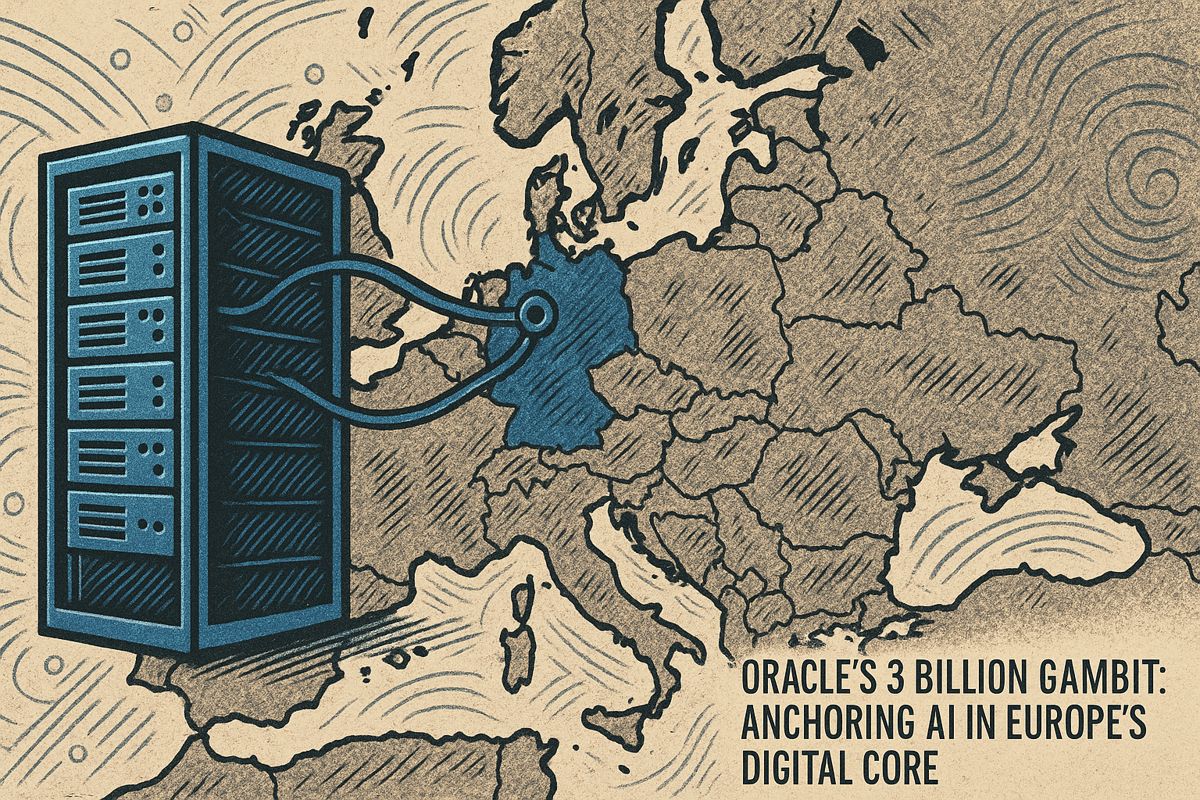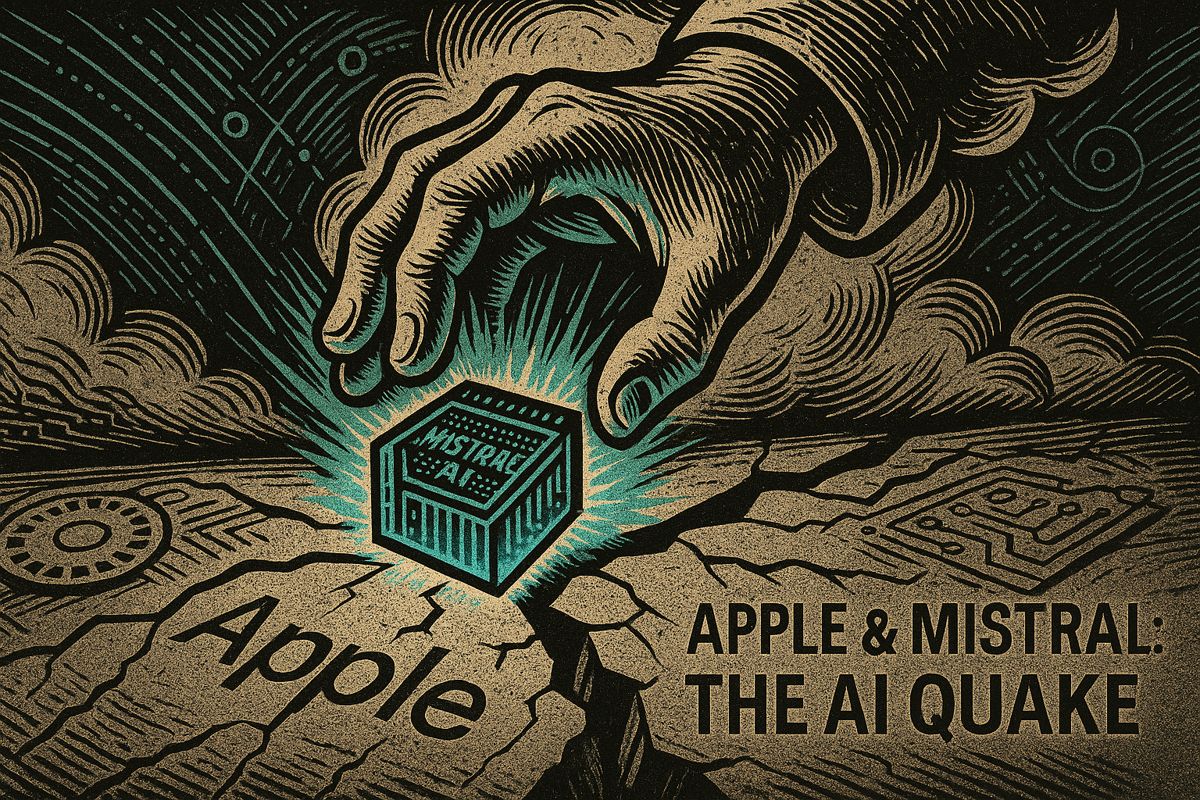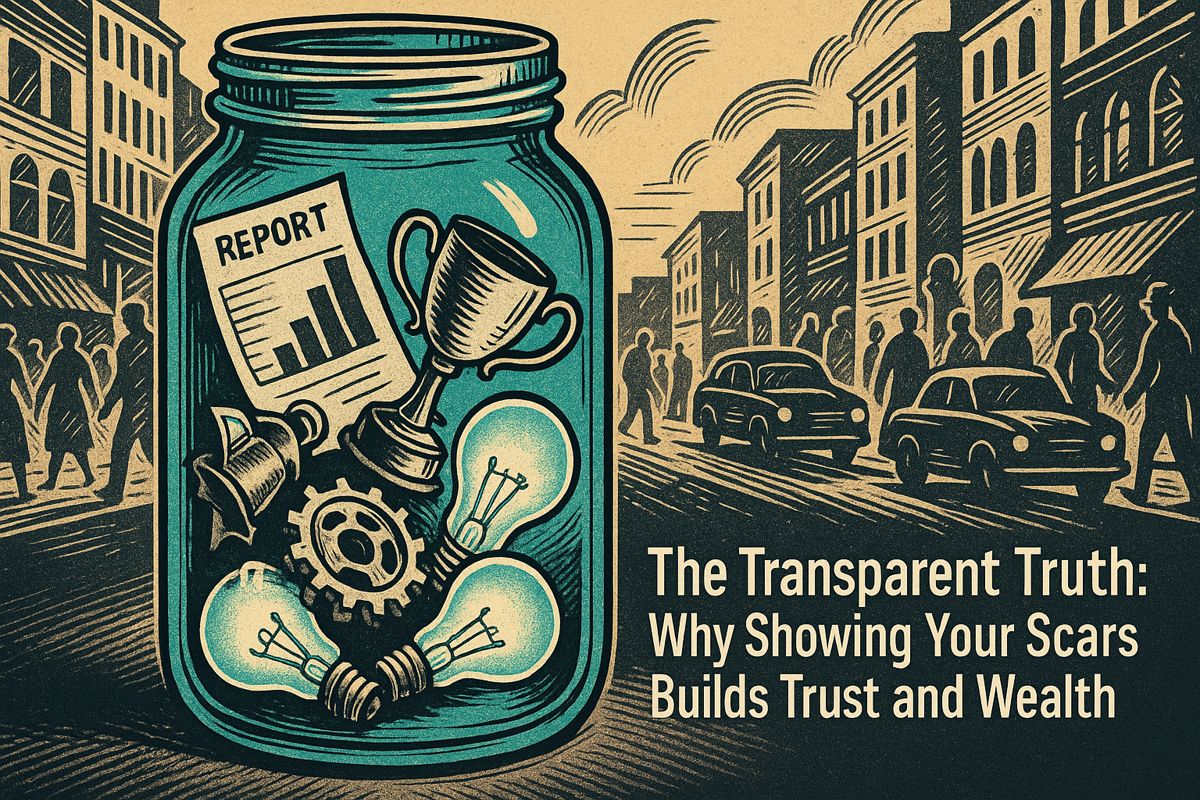By 2025, customer experience will be a wild ride where AI handles most service chats, but trust will be built on clear honesty about data and AI’s role. Imagine banks using smart tech to listen to your feelings in real-time, all while promising to keep your secrets safe. Yet, even with super-smart robots, people still crave that warm, human touch, especially when things go wrong. Brands that treat you like a person, not just a number, will win your loyalty, proving that even in a high-tech world, a bit of old-fashioned trust is golden. Ultimately, while machines bring speed, only genuine, human-like trust keeps customers coming back for more.
How will AI, data privacy, and transparency shape customer experience (CX) by 2025?
By 2025, 84% of US brands will base customer trust on transparency, clear AI disclosures, and data privacy. AI is expected to triage 95% of service interactions, focusing on consistency and personalization. Maintaining humanized trust, even with increased automation, remains crucial for customer loyalty and recovery from incidents.
Morning Rituals and A Data Tsunami
My day starts with a mug of coffee so strong, it threatens to bite back. Most folks scroll Instagram, but I devour the latest customer experience (CX) reports – the sort that make most eyes glaze over in thirty seconds flat. Today, I stumbled onto a survey bigger than my last apartment: a staggering 363,000 American CX leaders laying bare exactly how trust, data privacy, and AI will shape their 2025 strategies. Odd, isn’t it, to realize that what used to be about a handshake and a cherry “thank you” has become a world of algorithmic apologies and digital vigilance?
I can’t help thinking of Gina, the battle-hardened CX manager at Regional First Bank. Years back, she recounted a debacle: one rogue spreadsheet, one misrouted email, and—bam!—their highest-lifetime-value client vanished for three years. It took more than 200 touchpoints to soften the ice and lure her back. It makes you wonder: will we trust bots with stakes this high?
Unpacking The Survey: Numbers That Don’t Lie
Here are the bits that zapped me awake. First off, 84% of US brands now claim transparency around data, privacy, and clear AI disclosures are the backbone of customer trust in 2025. No fine print, no legalese—just straight-up clarity. There’s consistency too: “consistency, transparency, and personalization” show up so often in the findings, they’re like the chorus of a song you secretly hate (but hum anyway).
Let’s drill deeper. Real-time sentiment analysis is now used by 80% of brands—think about it, an always-on digital stethoscope listening to customer trust. Banks, major insurers, and, most notably, healthcare organizations like Blue Cross and UnitedHealth are winning big by marrying advanced AI with constant privacy reminders. But there’s a catch: by 2025, analysts estimate that AI will triage 95% of all service interactions, yet only half of us are okay with AI handling what we’d probably call “the awkward personal stuff.”
An aside—did you just feel that tension? Your skin prickling when you imagine a chatbot knowing your mother’s maiden name? It’s not just a tech problem; it’s a question that lands right in your gut.
Transparency: No Longer a Footnote
Transparency is in vogue, but not in a lazy, checkbox sort of way. The sharpest companies—Mailchimp pops up as a recurring example—don’t just update their privacy statements. Instead, they flood you with transparency signals: accessible AI policies, clear opt-out settings, and bedtime-reading-level notifications. The result? More customers feeling like true collaborators in their own data destinies. (Full disclosure: I once thought those endless emails were spam. Lesson learned, and now I read the fine print. At least, sometimes.)
Sensory signals matter. Calm blue app icons, the reassuring whirr of a Slack notification, or the dull tap of a privacy toggle—all these details build a fabric of trust you don’t consciously notice until it frays. Customers are saying, with a near-melodic sigh, that brands treating them as individuals, not rows in a spreadsheet, wins 73% higher loyalty scores. That lift is seismic, almost enough to make the most stoic CFO grin. Or at least loosen their tie.
Crisis, Cleanup, and The Human Factor
Nothing torches trust faster than a botched data incident or a tone-deaf algorithm. When that happens, brands aren’t just fighting a technical fire—they’re out there hustling, chasing, and apologizing with all the red-faced urgency of someone caught with their hand in the server jar. Over half of customers say a mishap propels them toward the exits with predictable speed. Recovery? It’s a marathon, not a sprint. That’s when you realize: a bit of anxiety isn’t just natural, it’s the price of working in a world where one algorithmic blunder can cost millions in reputation.
Do generational divides matter? Absolutely. Gen Z and Millennials expect their AI-powered assistance to act like the tech equivalent of a well-meaning uncle—friendly but never creepy, and always ready with receipts. They want to peek behind the curtain: What’s driving this advice? Who sees my info? Brands fluent in this language, in English or Thai (เรื่องแบบนี้ต้องรู้จริงๆ), score bonus points and future-proof loyalty.
In the final reckoning, success isn’t about blitzing your customers with shiny chatbots or exposing them to relentless personalization. It’s the interplay between raw machine power and a kind of homespun, difficult-to-duplicate trust that keeps customers coming back, even after a stumble. Here’s the inescapable, perhaps slightly melancholy truth: automation will win you efficiency, but only unvarnished, humanized trust turns strangers into advocates.
Sources:
CMSWire Benchmark Study
Smart Communications CX Survey
Desk365 AI Service Stats
Zendesk CX Insights
Fullview AI Stats



















